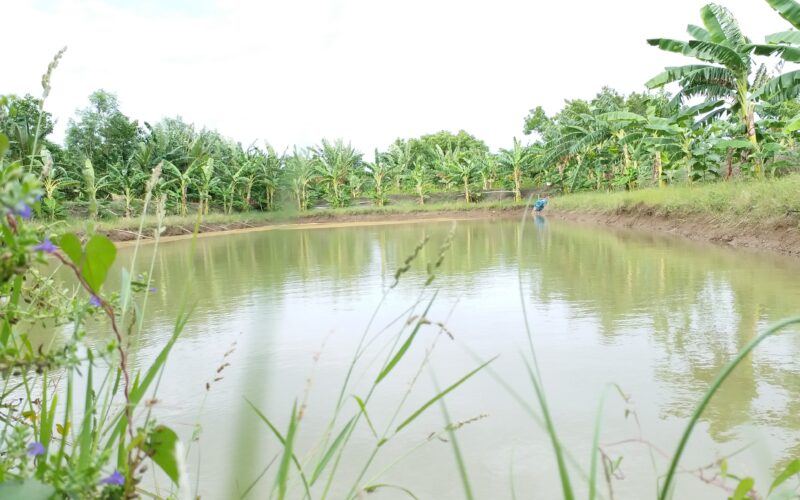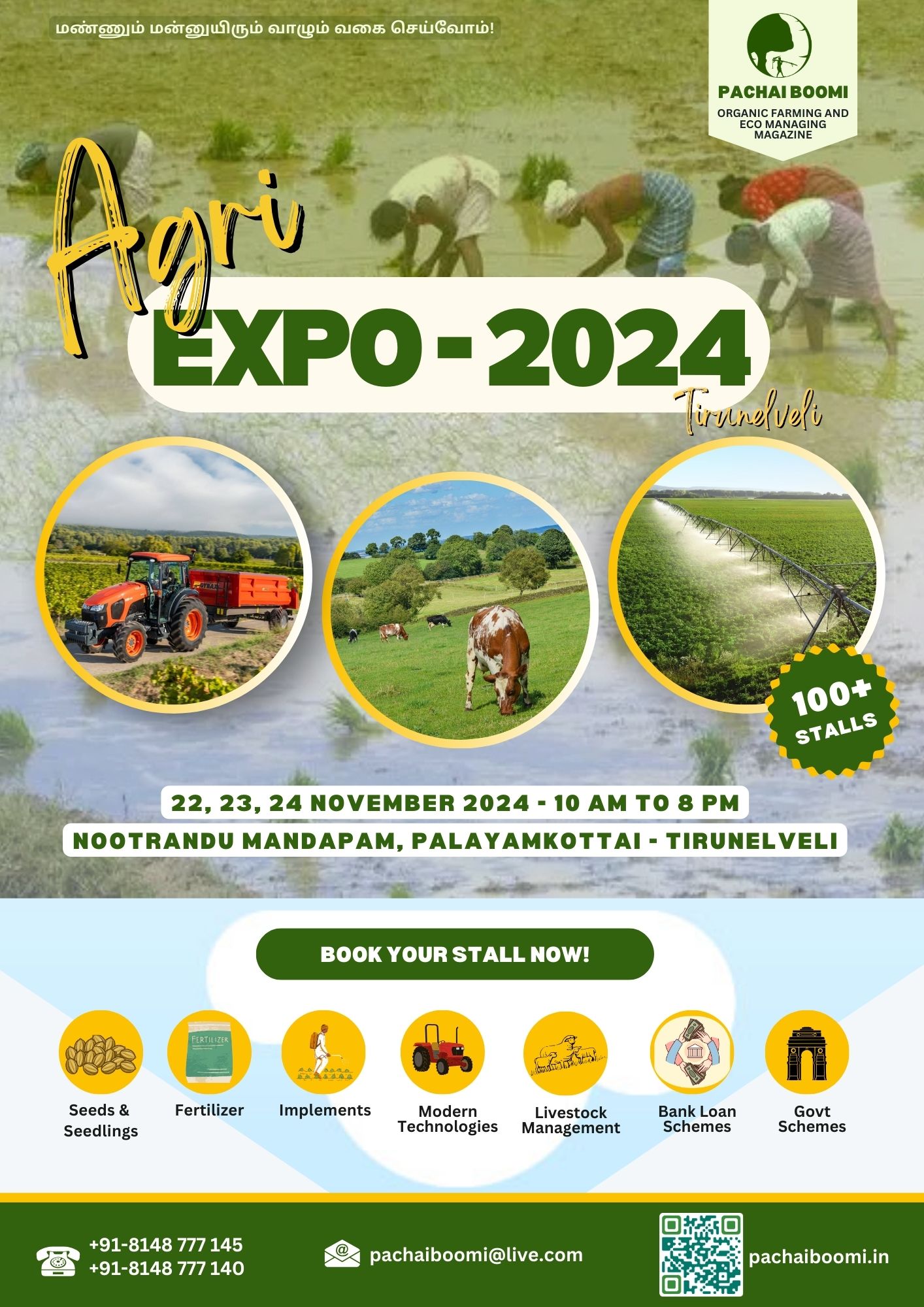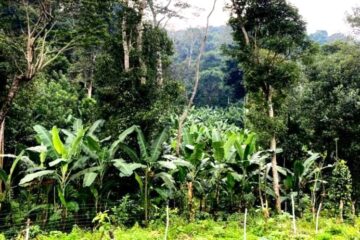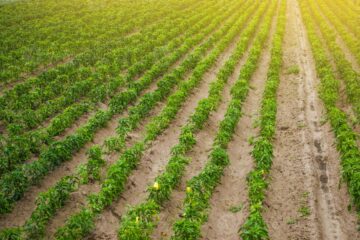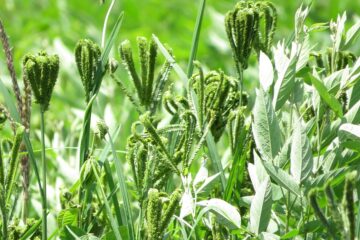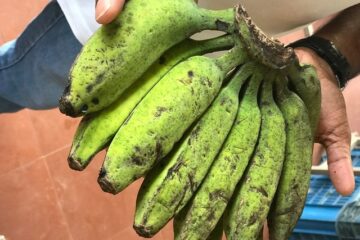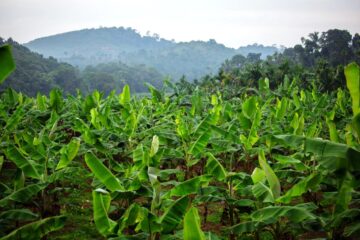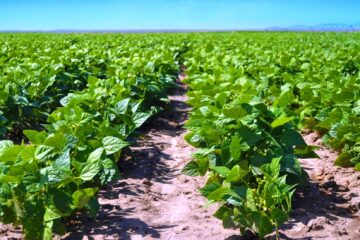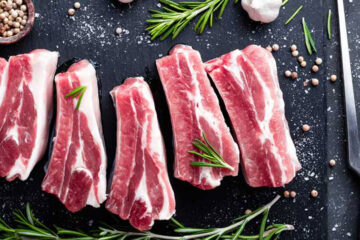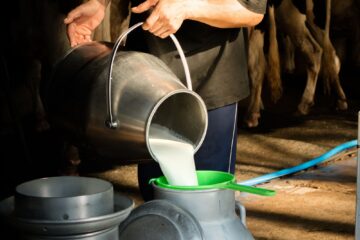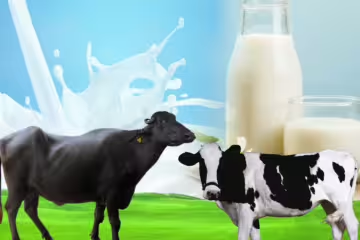Published: October 2017
Fish is a popular food enjoyed by many. Both marine fish and farmed fish are sold in markets. Farmed fish are raised in lakes and specially constructed ponds in water-rich areas. This article explains that these farmed fish can also be raised in farm ponds constructed for rainwater harvesting.
The growing population, expanding industries, and agricultural expansion have increased the demand for water. Water conservation has become unavoidable today. To collect and store water, structures such as dams, lakes, and ponds have been constructed. Despite this, farm ponds with a surface area of 1,000 square meters are being established in several districts with the primary goals of collecting rainwater, storing it, and using it for irrigation during critical periods.
The water in these ponds serves livestock and crops, raises groundwater levels, and prevents soil erosion. Fish can be raised in these ponds for profit. Proper technical practices can increase fish production in these ponds. Additionally, the silt deposited in the pond can be used as fertilizer for the land, improving soil fertility and enhancing crop production.
Selecting the right location for constructing a farm pond is crucial. A pond built in an area with a mix of silt and clay soil, and a water pH of 7.5-8.5, will retain water for a longer period. The pond should be constructed to hold water to a minimum depth of 1.5 meters.
To fill and drain the pond, pipes fitted with nylon mesh should be used to prevent unwanted weeds, debris, and unwanted fish fry from entering, and to prevent the fish fry in the pond from escaping. Proper drainage should be ensured for the pond.
To maintain the pH level of the water, 200-250 kg of lime per hectare should be applied. Burnt lime stones should be powdered, dissolved in water, and sprayed around the pond. A week after applying lime, 10 tons of cow dung per hectare should be applied to maintain the production of plankton, which is the natural food for fish.
One-fifth of this manure should be applied a week before stocking fish fry. The remaining manure should be applied at intervals of 25-30 days to provide continuous supply of plankton for the fish, promoting rapid growth.
After fertilizing for 10-15 days, fish fry can be stocked at a density of 1 fry per square meter. The fry should include a mix of 25% catla, 15% rohu, 20% mrigal, 10% silver carp, 10% grass carp, and 20% common carp.
Fish fry should be released into the pond either in the morning or evening. Since the pond holds water for a short period, fry of well-grown fish weighing about 100 grams should be stocked.
To achieve maximum growth in a short rearing period, the stocked fry should be fed a mixture of groundnut oil cake and rice bran in equal parts, at 2-5% of the total body weight of the fish. The daily feed should be divided into two portions and given in the morning and evening.
Sunlight is essential for the production of plankton and photosynthesis in the pond. A Secchi disk can be used to measure light penetration in the water. If the water color is light green or brown, with a Secchi disk reading of 25-30 cm, it indicates adequate plankton production in the pond.
If the water is dark green or light red, with a Secchi disk reading of less than 20 cm, 20% of the pond water should be drained. If the water is clear, with a Secchi disk reading of more than 30 cm, fertilization of the pond is necessary.
In a farm pond, with an 80% survival rate and an average fish growth of 750 grams in six months, 600 kg of fish can be produced. By using advanced fish farming techniques, fish production can be increased even in small farm ponds. These fish can be sold in local markets to increase income.
Dr. M. Alagappan, Dr. S. Senthoorkumaran, Agricultural Science Center, Kundrakudi, Sivaganga – 630 206.

